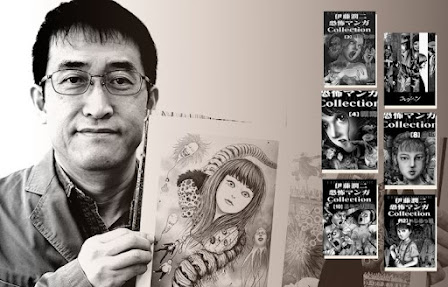Becoming the Pope: A Detailed Look
The process of becoming the Pope is a complex and historical one that has been in place for centuries. The Pope is the leader of the Catholic Church, and his selection is a significant event for the Catholic community around the world. In this blog, we will explore the process of how the Pope becomes the Pope, including the history, statistics, and current procedures.
The first Pope, St. Peter, was selected by Jesus Christ himself to lead the Church. Throughout history, the Pope has been elected by the College of Cardinals, which is a group of bishops and priests who have been appointed by previous Popes. The College of Cardinals is responsible for electing the Pope when the previous Pope dies or resigns.
In the early days of the Church, the selection process was relatively informal, with the majority of the bishops in Rome choosing the next Pope. However, as the Church grew and gained power, the process became more formalized. In the 10th century, the College of Cardinals was established, and the Pope was elected by a two-thirds majority vote of the Cardinals.
According to the Vatican, there have been 266 Popes throughout history. The average age of a Pope at the time of his election is around 63 years old. The youngest Pope ever elected was Pope John XI, who was elected at the age of 18. The oldest Pope ever elected was Pope Clement X, who was elected at the age of 79.
The average length of a Pope's reign is around 13 years, but there have been Popes who have served for much shorter or much longer periods. The shortest reign was that of Pope Urban VII, who served for only 13 days. The longest reign was that of Pope Pius IX, who served for 31 years.
The current procedures for electing a Pope are outlined in the Apostolic Constitution Universi Dominici Gregis, which was issued by Pope John Paul II in 1996. The Constitution states that the College of Cardinals must meet in a conclave within 20 days of the death or resignation of the Pope. The conclave must take place in the Vatican, and the Cardinals are locked in the Sistine Chapel until a Pope is elected.
The Cardinals are not allowed to communicate with the outside world during the conclave, and they are not allowed to use any electronic devices or social media. They are also not allowed to bring in any books or newspapers.
The Cardinals vote for the Pope by writing the name of the candidate on a piece of paper and placing it in a ballot box. The ballots are counted, and if no one receives a two-thirds majority, the voting continues until a Pope is elected. Once a Pope is elected, he is asked if he accepts the position, and if he does, he is presented to the world as the new Pope.





Comments
Post a Comment